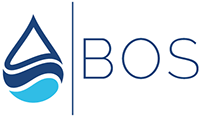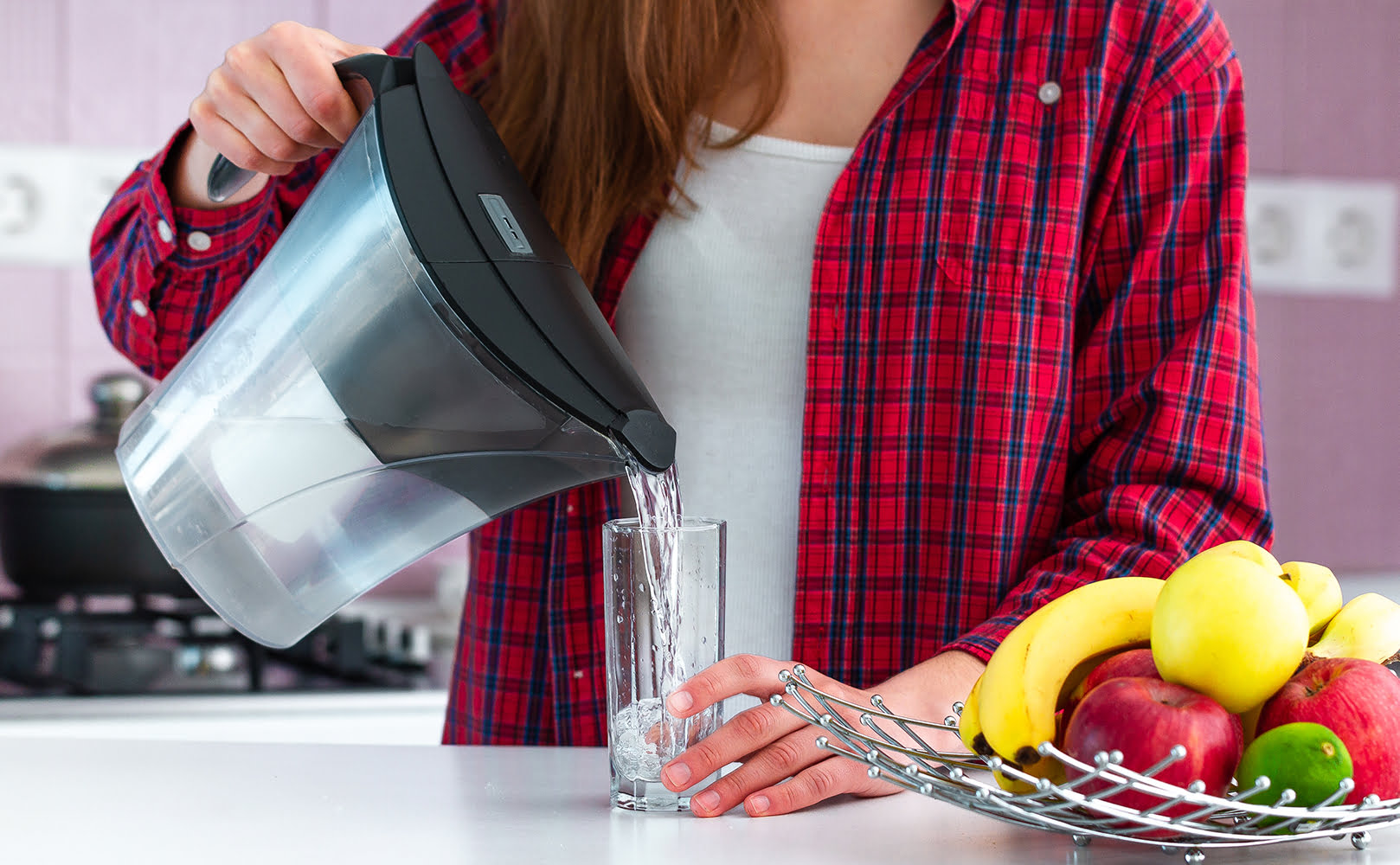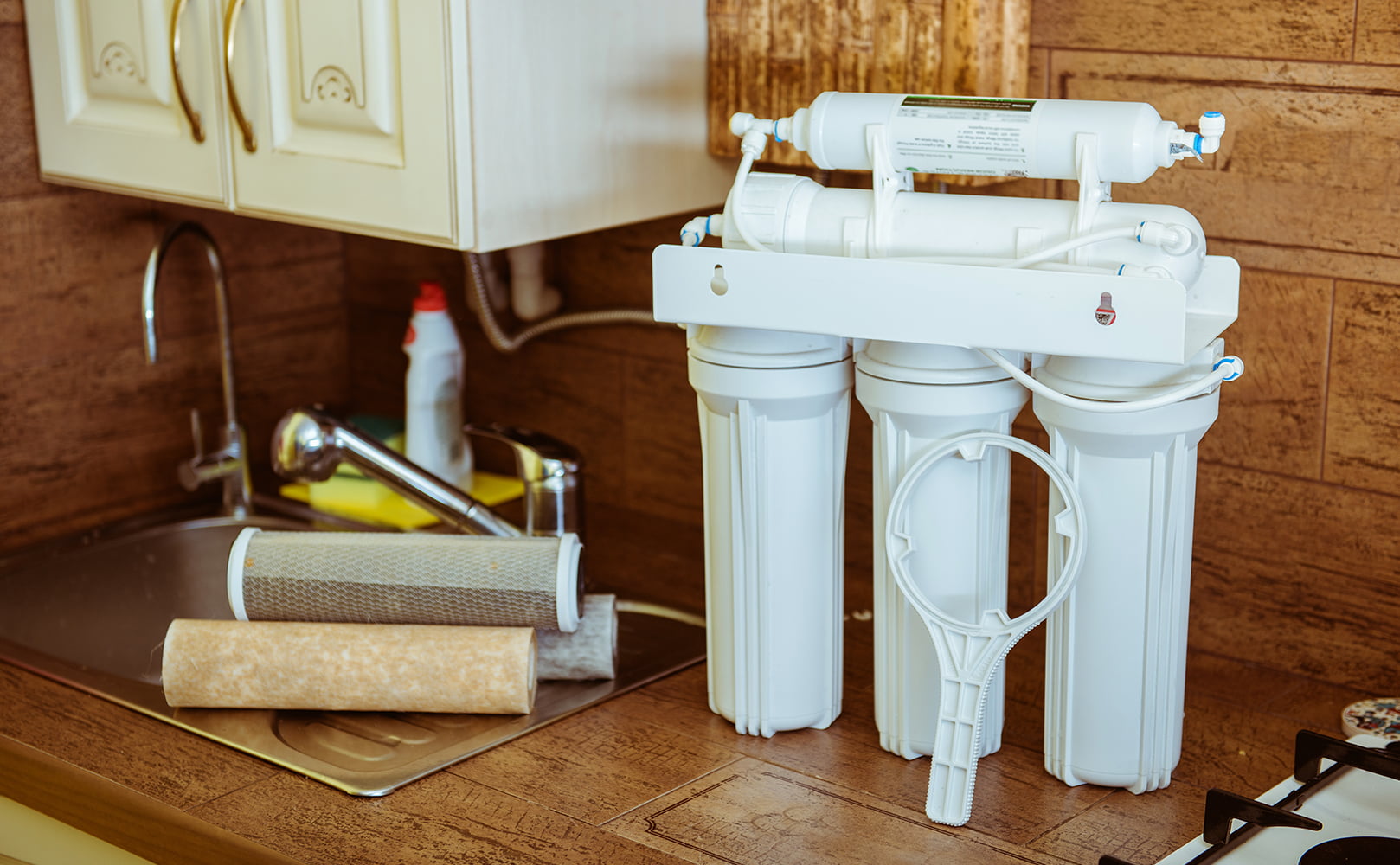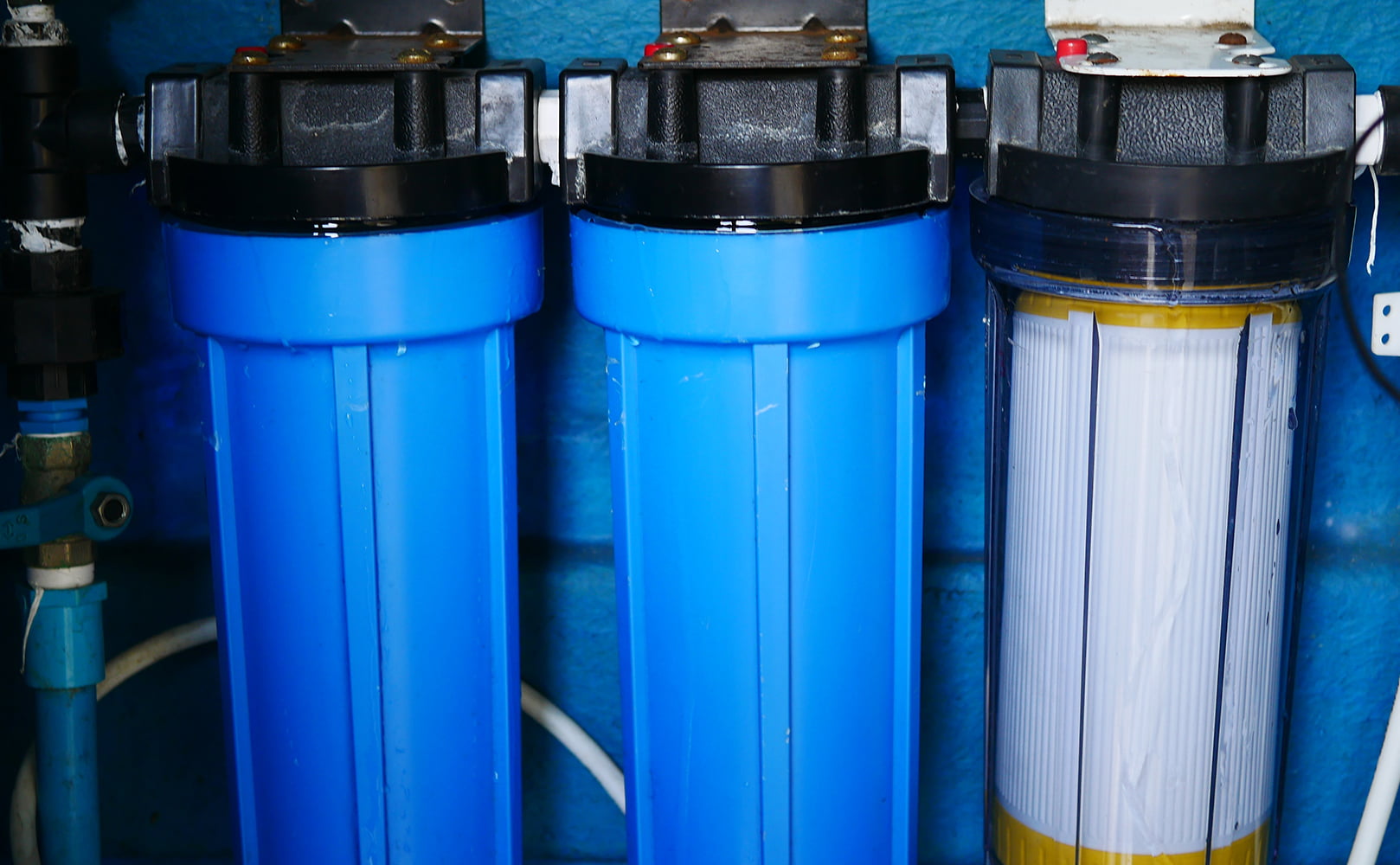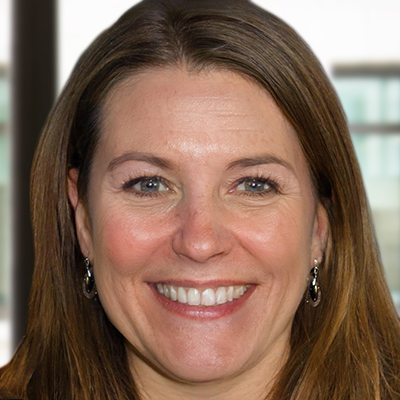Water Filter vs Bottled Water Cost – Which Is More Affordable?
Written by: Gene Fitzgerald // Last Updated: Oct 6, 2022
This page may contain affiliate links. If you buy a product or service through such a link we earn a commission at no extra cost to you. Learn more.
Everyone knows that, compared to plain tap or well water, bottled water is hundreds of times more expensive. Above that, you have to go to the store to get it which involves heavy lifting, it produces a tremendous amount of plastic waste, and some bottled water is just municipal water filled into a bottle.
And yet still, bottled water is a multi-billion dollar industry. Why? Maybe because consumers want to have certainty that the water they drink is safe, healthy and delicious.
But wait a minute; you can achieve that with the help of a water filter! And you wouldn’t have to go to the store. And there would be significantly less plastic waste. But water filter vs bottled water – which is the better choice from a cost perspective? Let’s find out!
Key Takeaways
- Having a water filter system at home will save you a tremendous amount of money over buying bottled water.
- For a family of four, whether you use a water filter pitcher, reverse osmosis system, or whole house water filter system, you could save about $2,000 annually compared to buying bottled water.
- Producing your own filtered drinking water, you will stop contributing to plastic bottle pollution and lower your carbon footprint.
Water Filter vs Bottled Water Cost
The Cost of Bottled Water
The U.S. bottled water industry which includes both carbonated and non-carbonated water sold in bottles or via water dispensers is a 63.6 billion dollar industry. This is how much revenue was made in the year 2018. For 2019, 67.6 billion dollars are estimated. The market is expected to grow 5.5% per year until 2023.
The volume of bottled water sold in 2018 amounted to roughly 54 billion liters, that’s about 14.27 billion gallons. Thus we get a price per liter of $1.18 USD. However, this includes both “at-home” water and “out-of-home” water. At-home covers all retail sales – think supermarkets. Out-of-home means sales to hotels, restaurants, bars, cafés, etc.
Differentiating between the two is rather important. Why? Because the price per liter for at-home water was $0.72 USD, whereas the price for out-of-home water was $4.41 USD (both for 2018), so much more expensive.
(*All numbers according to statista.com)
For our calculations further down below we will use $0.72 USD per liter ($2.73 USD per gallon respectively) as our basis unit price. Depending on which type and brand of bottled water you choose, you will pay some more or a little less.
By the way, neither flavored bottled water nor vitamin waters are part of this statistic.
The Cost of Tap/Well Water
If you have your own private well then all your household water is free, obviously. Finding a cost estimate for tap water is a little more complicated.
According to a report (Water and Wastewater Annual Price Escalation Rates for Selected Cities across the United States) provided by the U.S. Department of Energy, the average (mean) rate for tap water per 1,000 gallons was $3.38 USD in 2016. This average was calculated based on the water rates of 63 selected cities across the U.S which were part of the survey. The lowest rate was about $1.00 USD (Rochester, MN) and the highest about $7.50 USD (Lubbock, TX) per 1,000 gallons.
If you currently live in Marietta, GA you will have to pay about $5.00 USD per thousand gallons. Residents of Los Altos, CA will have to pay more than $7.00 USD.
General facts:
- Rates increased 5.09% annually between 1996 and 2018
- Midsized water utilities have the lowest rates
- Median rates are highest in the West and lowest in the Midwest
Why Water Rates Will Continue to Increase
It is estimated that expanding, maintaining and repairing our water infrastructure will cost us more than a trillion dollars over the next 25 years. This huge amount of money must be generated somewhere…
The Price of Purchasing, Installing & Maintaining a Water Filter
Lastly, we have to estimate the cost of a water filter, meaning purchase, installation, and maintenance (mainly filter cartridge replacements). Now, it doesn’t make sense to try and find an overall estimate here, as this will largely vary depending on what kind of filter you are eyeballing. Instead, here is a list with standard price ranges for the most popular filter types.
We’ve also listed costs for installation and maintenance. Especially the initial financial burden of setting up a water filter can be high. That being said, a high quality product will last for many years to come. And whereas bottled water is an ongoing expense, the real savings of switching to filtered water become evident in the second year and every year after that.
(Mobile Hint: Swipe to Scroll)
| Filter Type | Purchase Price Range | Installation Cost | Annual Maintenance Cost | Total Cost (First Year) |
|---|---|---|---|---|
| Reverse osmosis systems | $150 – $500 | Free* – $300 (400) | $60 – $200 | $210 – $1,000 |
| Whole house water filters | $300 – $1,000+ | Free* – $500+ | $100 – $300 | $400 – $1,800 |
| Regular under sink filters | $50 – $200 | Free* – $300 | $20 – $150 | $70 – $650 |
| Countertop water filters | $50 – $120 | – | $70 – $130 | $120 – $250 |
| Faucet water filters | $20 – $50 | – | $20 – $40 | $40 – $90 |
| Water filter pitchers | $20 – $50 | – | $60 – $150 | $80 – $200 |
*DIYers that are ready to take on a new project can save a few hundred bucks by installing their water filter system themselves.
Doing the Math
Alright, time do to the math!
To find out if filtered water or bottled water is more affordable we are going to do 3 examples calculations based on real-life parameters. In each case, we are going to assume that a family of 4 consumes 4 x 80 ounces = 2.5 gallons of water a day or 912.5 gallons per year. This means that the cost for bottled water for a whole year is:
912.5 bottled water gallons x $2.73 USD/gallon = $2491.13 USD
Our family would spend almost $2,500 USD on bottled water in one year.
Let’s see how well our water filters do…
Calculation Example 1: Water Filter Pitcher, Family of 4
For our first calculation example we purchase a popular water filter pitcher which retails at around $70 USD (we know, this one is way above average) and includes 1 filter cartridge. Replacement filters cost $50 USD and last for about 150 gallons each.
The costs for 1 year of filtered water using the pitcher are:
1. Initial purchase = $70 USD
2. # of required replacement filters: 912.5 gallons / 150 gallons = 6.08 ≈ 7
1 filter cartridge included: 7 – 1 = 6
6 x $50 USD = $300 USD
3. 5 tap water gallons ≈ $7 USD (worst case)
4. Total cost = $70 + $300 + $7 = $377 USD
In example 1, our family would spend less than $400 USD on filtered water for a whole year. For every year that follows, the annual costs would drop to $377 – $70 = $307 USD since there is no need to purchase a new filter pitcher every year.
Cost savings year 1:
$2491.13 – $377 = $2114.13 USD
Cost savings every following year:
$2491.13 – $307 = $2184.13 USD
More than 2,100 dollars in cost savings! And keep in mind that we chose one of the most expensive filter pitchers. Also, we would barely use the 6th replacement filter cartridge.
Calculation Example 2: Reverse Osmosis Under Sink System, Self-Installed, Family of 4
For our next calculation example we purchase a 5-stage reverse osmosis under sink drinking water filtration system for roughly $185 USD. The first set of filters is included which should last us 1 year. Annual filter replacement costs total at $60 USD.
One more important detail is that, without an additional pump, a reverse osmosis system wastes 3 to 4 times the amount of water that you can later actually use.
The costs for 1 year of filtered water using the reverse osmosis system are:
1. Initial purchase = $185 USD
2. 5 tap water gallons ≈ $7 USD (worst case)
3. Wastewater ≈ $7 USD x 4 = $28 USD (worst case)
4. Total cost = $185 + $7 + $28 = $220 USD
In example 2, our family would spend approximately $220 USD on reverse osmosis water for a whole year. For every year that follows, the annual costs would total $60 + $7 + $28 = $95 USD since there is no need to purchase a new RO system every year, but only the replacement filters.
Cost savings year 1:
$2491.13 – $220 = $2271.13 USD
Cost savings every following year:
$2491.13 – $307 = $2396.13 USD
Almost $2,300 USD in cost savings in the first year and nearly $2,400 USD each following year – this is simply mind blowing!
Calculation Example 3: Whole House Water Filter System, Professionally-Installed, Family of 4
In our last example we buy a 3-stage whole house water filtration system that comes with a specialized lead reducing filter. Cost: About $450 USD for the system + $50 USD for replacement filters in the first year. To this we have to add $400 USD for the installation done by a licensed plumber. The annual filter costs starting in year 2 are $225 USD.
The costs for 1 year of filtered water are:
1. Initial purchase + replacement filter set + installation = $450 + $50 + $400 = $900 USD
2. 5 tap water gallons ≈ $7 USD (worst case)
3. Total cost = $900 + $7 = $907 USD
Our family would spend a little more than $900 USD on a professionally installed whole house water filter for lead free drinking water. For every year that follows, the annual costs would total $225 + $7 = $232 USD.
Cost savings year 1:
$2491.13 – $907 = $1584.13 USD
Cost savings every following year:
$2491.13 – $232 = $2259.13 USD
$1,584.13 USD savings in year 1 and $2259.13 USD every year after that. What’s more, we have access to filtered and more or less lead-free drinking water everywhere in our home!
Bottom Line
Looking at our calculation examples above, it becomes more than obvious that filtered water has a tremendous cost advantage over bottled water. $2,000 USD and more in potential cost savings for a family of 4 every single year – enough said!
It is also worth mentioning that the more water you drink, the sooner you will break even and the more savings you will make each year.
If you have any questions about water filter vs bottled water cost please don’t hesitate to leave a comment below!
Information provided on BOS is for educational purposes only. The products and services we review may not be right for your individual circumstances.
We adhere to strict editorial guidelines. Rest assured, the opinions expressed have not been provided, reviewed, or otherwise endorsed by our partners – they are unbiased, independent, and the author’s alone. Our licensed experts fact-check all content for accuracy. It is accurate as of the date posted and to the best of our knowledge.
